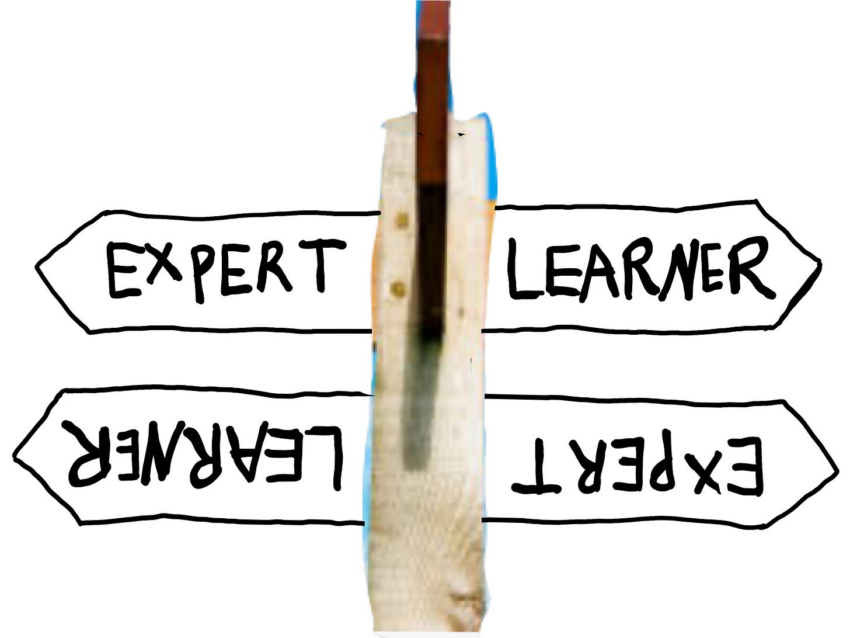“I don’t know what I think until I write it down.” Joan Didion
Dear Lovely Readers,
I am in the process of weaving the stories collected in our People-Based Learning conversation campaign into an upcoming book. It’s coming together in ways I never imagined and I cannot wait to share it with you.
As a part of the evolution of the book, I am listening and re-listening to more than 80 conversations. And we’re planning on more. Join! Learn more here.⬇️
And today, I re-listened to a recording in which creative design edu-research re-thinker, shared:
“One day I’m the expert, sharing an experience. The next day, you’re teaching me something. We shift and bend, moving knowledge between us and creating opportunities for each other.”
⬇️ And I realized something. ⬇️
First, I LOVE how Colleen uses words, and here is able to so beautifully describe the bi-directionality of learning.
And second, this is exactly what I’ve been experiencing while writing this book.
One day I am the teller, explaining the concept to someone new, sharing what we are learning, where things are going. And another, I am the receiver, in conversation with someone who takes the story and turns it into a living, breathing thing.
This process has been wildly meta. As I write about People-Based Learning, I’m also living it and creating it and learning about it. I’m not just documenting a theory; I’m immersed in it. The research, the conversations, the feedback loops, they’re all examples of the thing itself.
I’m learning by doing, by connecting, by reflecting alongside others.
Put simply, the process IS the product.
And I started to think about most creative acts, we so often forget this.
Author Zadie Smith has said she doesn’t outline her novels. She writes to find out what she thinks. The act of writing is a conversation with her own mind. The novel isn’t the container for the idea, it is the idea unfolding.
Sculptor Richard Serra, once said, “The work comes out of the work.” He described his process not as planning then executing, but as discovering through doing. His large steel sculptures don’t emerge from sketches; they evolve through physical engagement with material and space.
Jazz improvisationist Thelonious Monk’s piano playing was full of pauses, stumbles, and surprising turns. He embraced imperfection. For Monk, the real music wasn’t in precision, he talked about how it was in the unfolding now of collaboration and risk.
Can you relate? Do you ever experience this? How?
Join our next Conversation Campaign. Details below.
Click this link for the original source of this article.
Author: Dr. Jane R. Shore
This content is courtesy of, and owned and copyrighted by, https://schoolofthought.substack.com and its author. This content is made available by use of the public RSS feed offered by the host site and is used for educational purposes only. If you are the author or represent the host site and would like this content removed now and in the future, please contact USSANews.com using the email address in the Contact page found in the website menu.












